
Japanese IIWW fighter Tachikawa Ki94II HighAltitude Interceptor RS Models 92020
Tachikawa Ki-94-I. Mockup only. One source even put the new 37mm Ho-204 cannons on this interceptor. 400 r /m! 1,100m /s! This fighter packs 2! These are longer range than the 12.7mm guns on the B-29. Game changer! That means this fighter opens fire first.
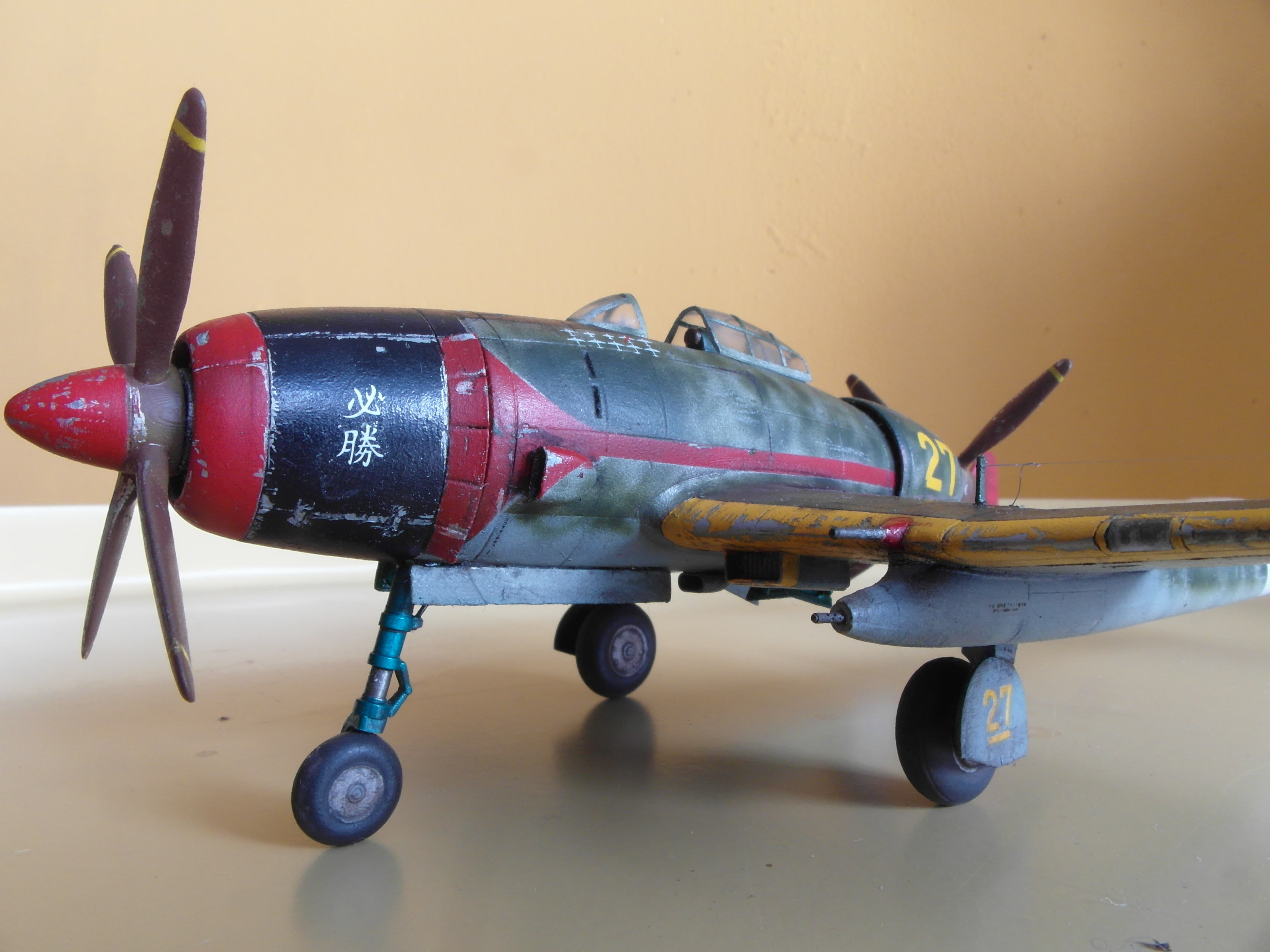
Tachikawa Ki94I Emmas Planes
The term Tachikawa Ki-94 refers to two designs of the Tachikawa Hikoki K.K. aircraft factory. The first was a twin-boom monoplane with two 1,641 kW (2,201 hp) Mitsubishi Ha211 18-cylinder engines, driving two 4-blade propellers in a push-pull configuration. The very heavy armament that should have been mounted on the aircraft (two 37 mm/1.46 in.

Tachikawa Aircraft Company Ltd / Tachikawa Ki94 帝国海軍, 帝国, 日本帝国
Tachikawa Ki-94 II. The Tachikawa Ki-94 II was a single-seat, piston-engine monoplane fighter, developed for the Imperial Japanese Army Air Force along the same requirements as the Nakajima Ki-87, which had been the Army's fall-back design for the original Tachikawa Ki-94 I Intended to counter B-29 raids, it was optimized for high-altitude interception with a pressurized cockpit and heavy.

TACHIKAWA KI 94 I, 3rd and 4th flight YouTube
Tachikawa Ki-94-I Heavy Fighter VII tier 1. Project for a high-speed fighter with heavy armament. A wooden mock-up was built by October 1943. However, the concept of the Ki-94-I was judged by the Japanese Army Air Force as too unconventional. The Tachikawa company was tasked to build an aircraft with a more conventional design.

Tachikawa Ki94II (A + V Model, Resin) ModelPlanes.de
The Tachikawa Ki-94 was designed to meet a request by the Japanese Army for a heavily-armed high-altitude fighter fitted with a pressure cabin and capable of reaching a top speed of 800 km/h (497 mph), with a maximum range of 3000 km (1,864 miles). The unconventional design that resulted was a large twin-boom monoplane powered by two 2,200 hp.

Japanese IIWW fighter Tachikawa Ki94II Prototype RS Models 92019
Tachikawa Ki-94 History. Many of the aircraft developed by Japan when it surrendered in 1945 were retired in their state (if they had not been destroyed by ruthless air strikes by the Japanese themselves or by the Allies). Tachikawa conducted two postwar programs under the name "Ki-94" to provide the Army with interceptor bombers.

Tachikawa Ki94 I Destination's Journey
First flight of model of Japanese Fighter Aircraft Tachikawa KI 94 I, キ94 (航空機)Original: A twin-boom monoplane, push-pull configuration, wingspan 15 m,constr.
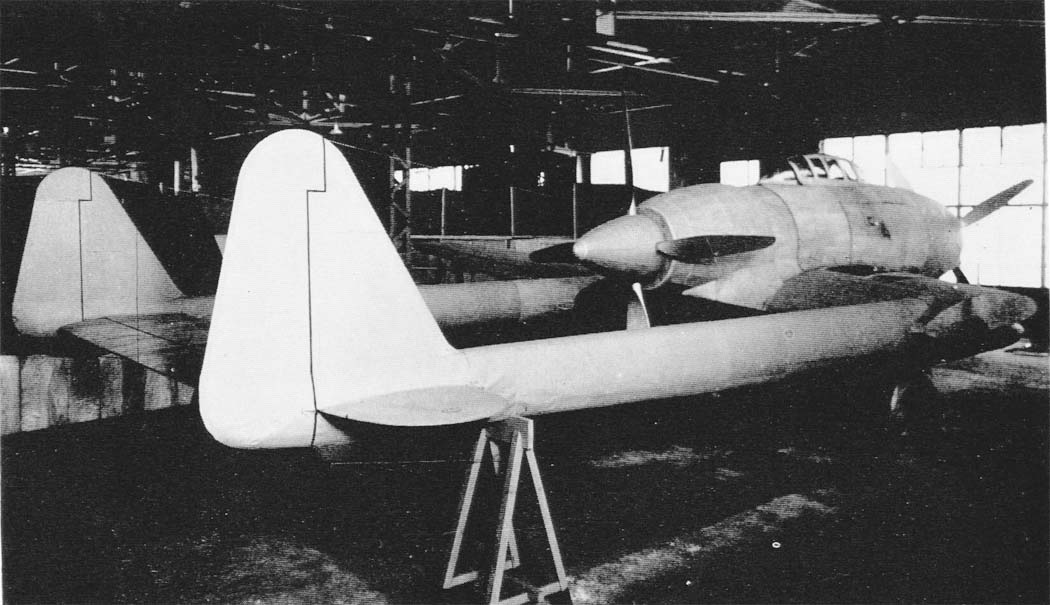
Tachikawa Ki94
Media in category "Tachikawa Ki-94" The following 11 files are in this category, out of 11 total.
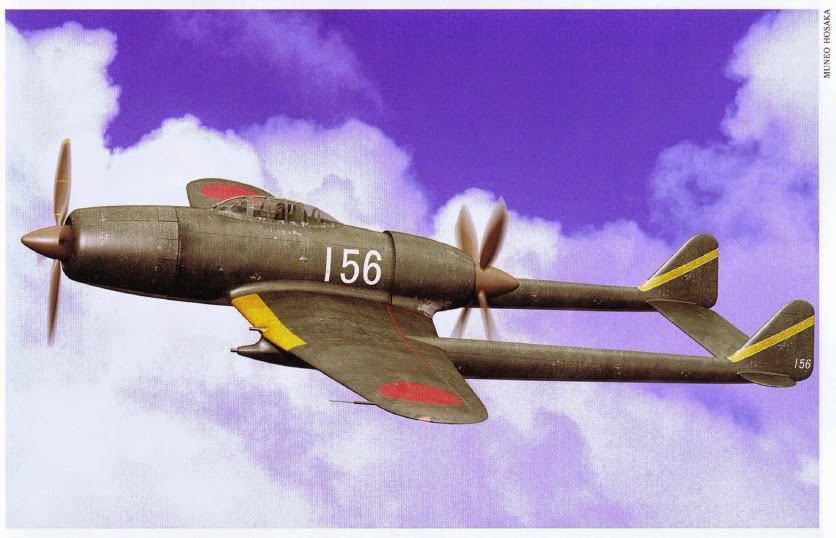
Japanese Aircraft of WWII Tachikawa Ki94
Description. The Ki-94-II was a single-seat, piston-engine fighter designed by Tachikawa Aircraft Company for the Imperial Japanese Army Air Force. It was intended to intercept high-altitude B-29 bombers with a pressurized cockpit and four wing-mounted autocannons. The project started in 1943 as a revised version of the earlier Ki-94-I, which was a twin-boom push-pull design that was rejected.
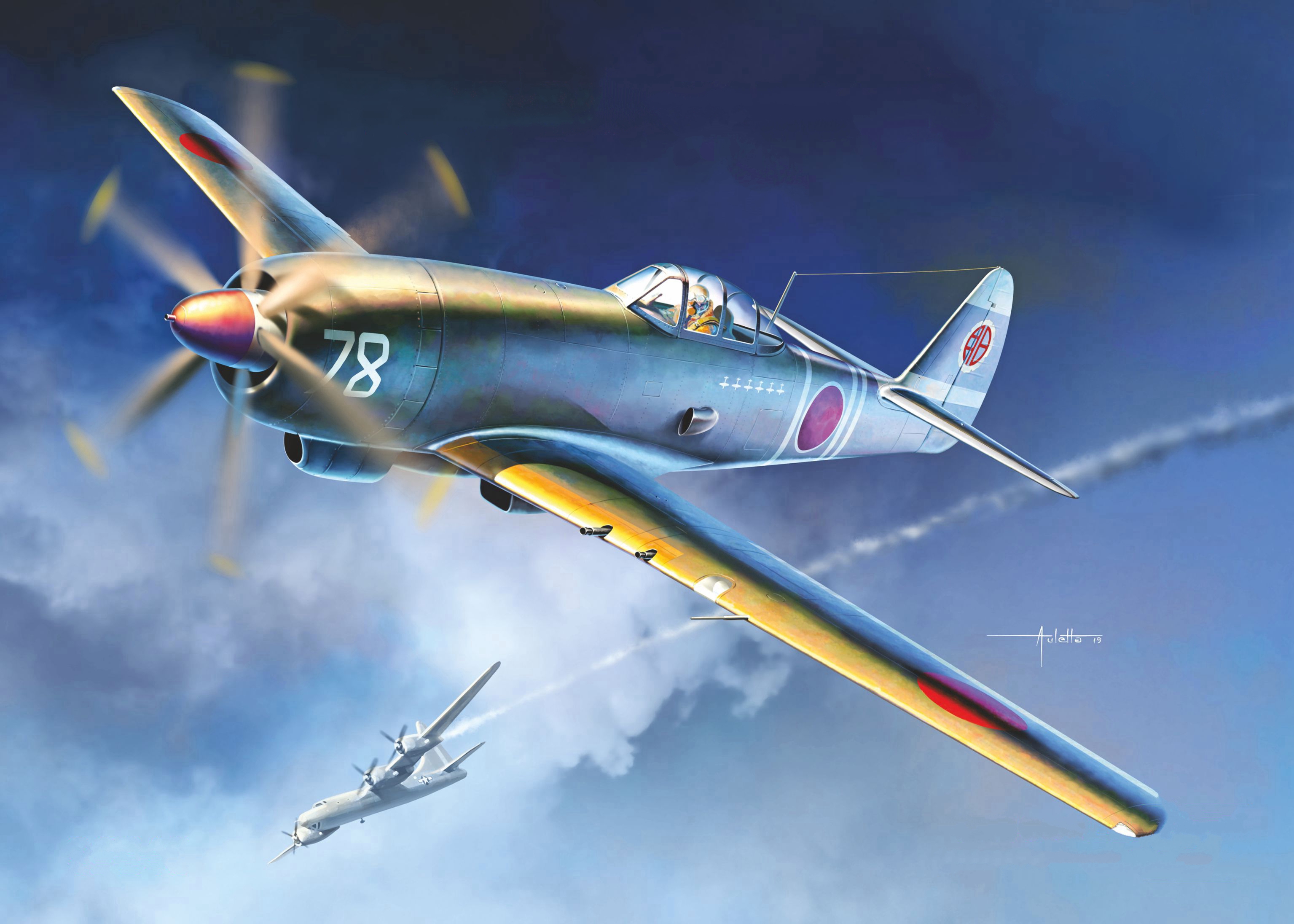
Рисунок Tachikawa Ki94II на рабочий стол Авиация War Wallpapers
Working on the Ki-94-II aircraft, Tachikawa proceeded from a new application, which assumed the satisfaction of the same flight performance requirements as the competing aircraft Nakajima Ki-87. The new Ki-94-II high-altitude fighter project was developed under the leadership of Chief Designer Tatsuo Hasegawa. The new aircraft was a single-seat.

World of Warplanes Tachikawa Ki94II gameplay YouTube
Tachikawa undertook two late-war programs intended as bomber interceptors for the Army under the "Ki-94" designation. As the American Boeing B-29 "Superfortress" high-altitude heavy bomber became the primary concern for the Japanese homeland, a high-altitude fighter capable of intercepting these machines was in order.

Tachikawa Ki94 Photos, History, Specification
Realising that things weren't going their way, the Imperial Japanese Army issued specifications in mid-1942 for new interceptors to tackle bombers that may a.
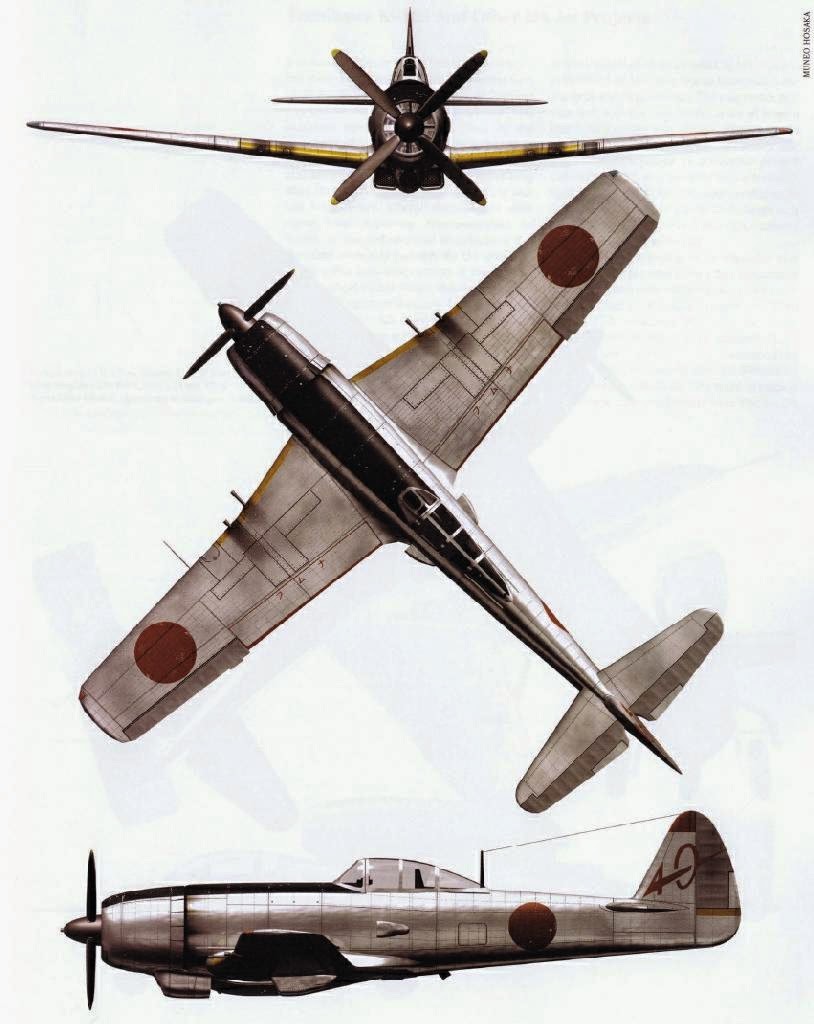
Japanese Aircraft of WWII Tachikawa Ki94
The Tachikawa Ki-94 was a single-seat fighter-Interceptor aircraft project undertaken by the Tachikawa Aircraft Company and to be operated by the Imperial Japanese Army. The project refers to two aircraft designs: the Ki-94-I and the Ki-94-II, both of which did not advance beyond the mock-up and prototype stage respectively.

Tachikawa Ki94II Fighters 戦闘機, 軍用機, 空軍
The development of the Ki-94 started in 1942 when the need for a high altitude interceptor arose. The Koku Hombu approached both Tachikawa and Nakajima to develop a pressurized aircraft which could fly with 800 km/h and had a 3000 km range. After review in February 1943, the Koku Hombu deemed the aircraft too unorthodox and too difficult to.

Tachikawa Ki94II Wwii aircraft, Military aircraft, Aviation art
The Ki-94 was designed to meet an Army stratospheric fighter requirement and a full scale mock up of the Tachikawa Ki-94 Experimental Fighter (立川 Ki-94 試作 戦闘機) was completed by late 1943.The Army rejected the heavily armed design ( 2 x Ho-203 37mm and 2 x Ho-105 30mm) as too complex and unlikely to achieve the estimated performance of 485 mph at 32,810 ft.

Tachikawa Ki94I/II
The Tachikawa Ki-94-I and -II - although oddly these were completely different aircraft. Allow me to explain. With the catastrophic defeat at the Battle of Midway in June 1942, which saw the loss of four of Japan's fleet carriers, let only much of the cream of their naval air arm, the Japanese Army realized that Imperial Japan might soon be.